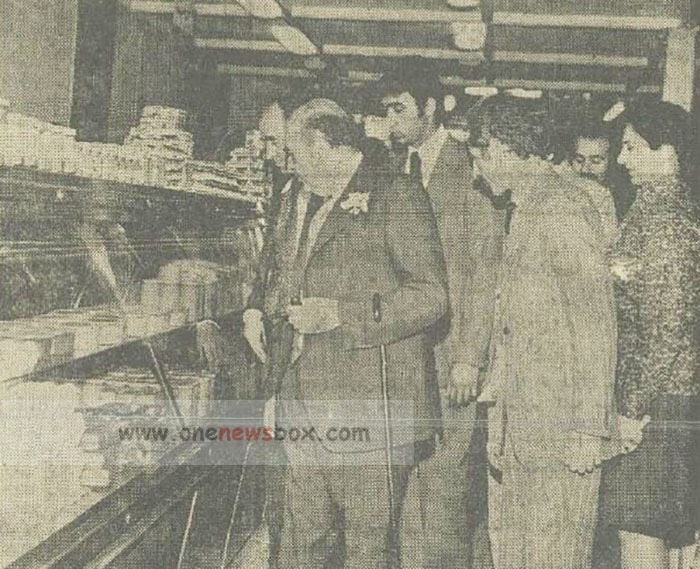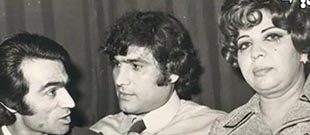The program’s architect, Amir Abbas Hoveida, was the longest-serving Prime Minister in modern Iranian history, holding office from January 1965 until August 1977. His 12-year-and-6-month premiership coincided with one of the most transformative eras in the country’s history. Hoveida’s tenure was closely aligned with the goals of the White Revolution, a series of sweeping reforms initiated by Mohammad Reza Shah Pahlavi that aimed to rapidly modernize the country’s economy, redistribute land, and uplift Iran into a semi-industrialized, modern state.
Born on February 18, 1918, into a well-connected diplomatic family, Hoveida was groomed for public service from an early age. His father, Habibollah Ayn-ol-Molk, was a seasoned diplomat who served as Iran’s ambassador to Lebanon, giving young Amir Abbas the opportunity to grow up immersed in multicultural environments across the Middle East and Europe. These early experiences shaped his worldview and gave him fluency in several languages, including French, English, and Arabic. French, in particular, would become his preferred language for both speech and thought—a symbol of the Western-influenced technocratic elite he would later come to represent.
Hoveida’s formal education began at the French School in Beirut and later continued in Brussels, where he earned a degree in political science from the Free University of Brussels. Though his academic performance was unremarkable, his intellectual curiosity and exposure to diverse political ideologies left a lasting impression. He developed an interest in socialism and Marxist thought, forging friendships with prominent Iranian leftists such as Ehsan Tabari and Iraj Eskandari. Despite these ideological associations, Hoveida remained a political centrist, driven more by pragmatism and technocratic efficiency than ideology.
Returning to Iran in 1942, Hoveida joined the Ministry of Foreign Affairs at a time when the country was under Allied occupation during World War II.

